
Capturing movement in the landscape is a simple and highly effective way of adding a sense of dynamism to your landscape photography. And while the mechanical nature of photography can, if left unchecked, render scenes looking like little more than a snapshot, with the right compositional approach and shutter speed you can transform scenes in creative ways that transcend the capabilities of human vision.
Shutter speed plays an important role in capturing water because it’s this that controls the entire look and feel of your images. Do you want the incoming tide to look like it’s about to jump out of the image? Or, would you prefer perfectly smooth water so it looks like glass or even something in between? When it comes to water in the landscape, all this and much more are possible. So, here are six creative approaches to shooting water that will bring your landscape shots to life…

1. Look for drama
Strong lead-in lines at the coast are the perfect element for drawing in the viewers’ eye into the scene and towards the focal point of the image. To capture the tide in a way that it maintains texture, and almost looks like it’s going to jump out of the image, is to shoot with a shutter speed between 1-3 seconds.
In some situations, you may need to use an ND filter to reduce the amount of light entering the lens to achieve one of these shutter speeds. Another filter that’s useful is a polariser, which can be rotated to remove the sheen on the surface of the water.
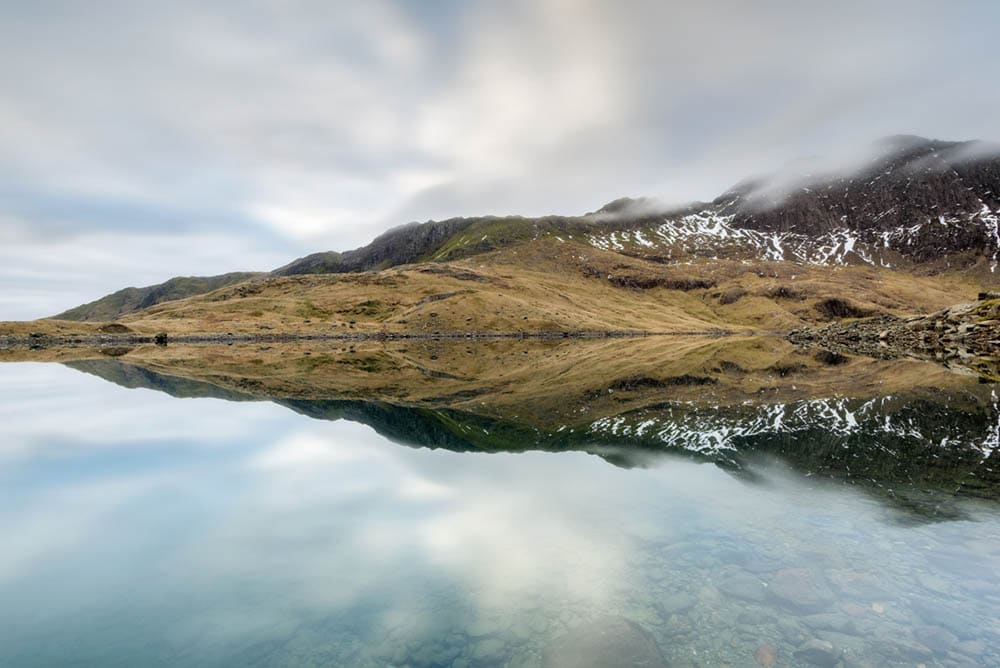
2. Embrace stillness
Mirror-perfect reflections on still lakes are easy shots to take, and the result is one of the most naturally surreal effects possible in nature. The biggest difficulty is conditions because even the most gentle breeze can turn the surface of a lake into what looks like a jacuzzi.
Heading out with reflections in mind is always a huge gamble because there are a number of wind variables that can make shooting them impossible. But if you are out at a lake and the conditions allow for perfect stillness, make sure you take advantage because you never know when you’ll next get the chance.
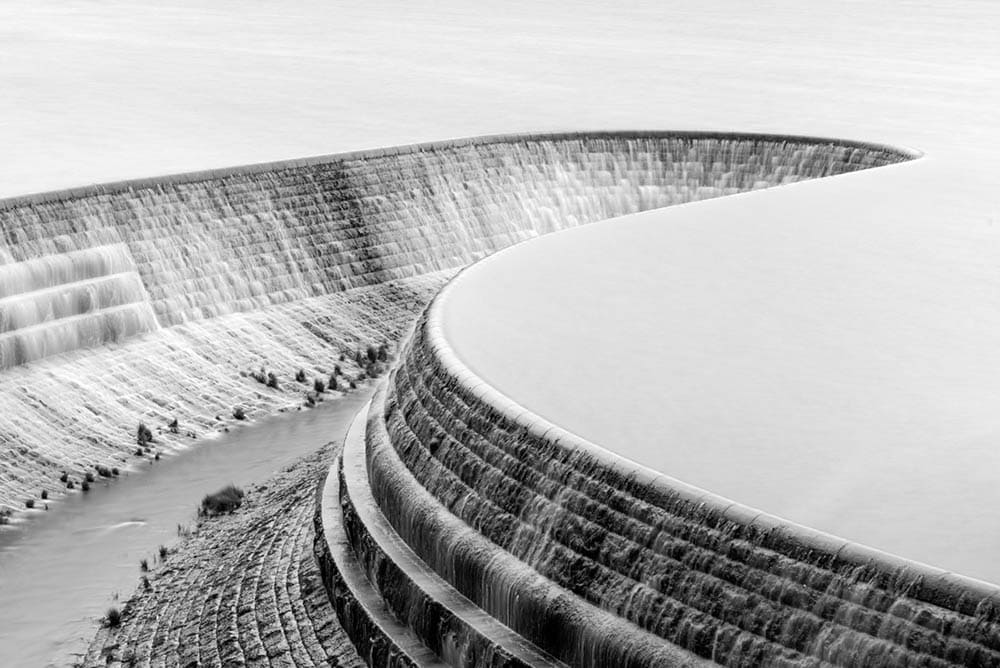
3. Capture minimalism
Water and minimalism go hand-in-hand, and the advent of Big Stoppers – ND filters that reduce the amount of light entering the lens by 10 stops – have made it possible to achieve exposures ranging from up to 30 seconds in bright conditions, to minutes long in more subdued lighting.
With the right subject – ideally, a solid element in the scene that remains perfectly still while the water around it moves – the perfectly smooth water around a solid structure can look sublime. This type of approach can be ideal for dull days where there’s little contrast or colour in the sky.
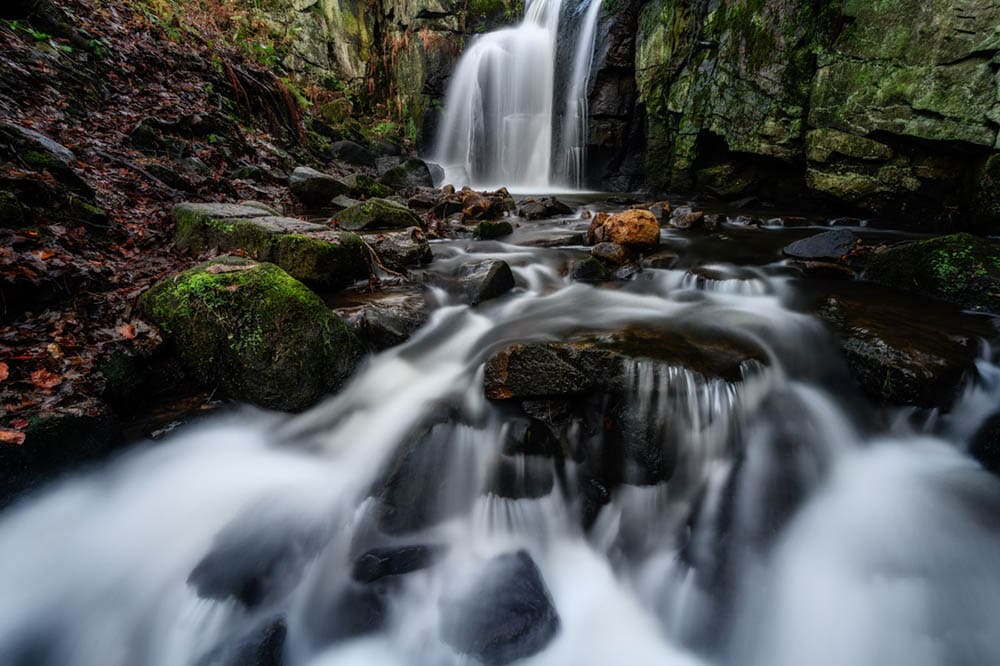
4. Get close, go wide
If it’s safe to do so, pulling on a pair of wellies and getting into a stream is a great way to capture an image of moving water where the viewer almost feels like they were standing there with you when you took the shot. The results can look amazing, but the approach isn’t without hazards.
Always take care when entering even shallow water, and make sure both you and your tripod have a firm footing; if one or both of you go over the result could be catastrophic. The most common hazard, however, is simply water splashes on the lens’ front element, or filters, so check for water drops between every shot.
5. Find compositional balance
Every image is arguably all about compositional balance in one way or another, but landscapes by their nature are one type of photography where compositional devices are essential tools for both guiding the viewer into the scene and emphasising important elements.
This image conforms to the rule-of-thirds, but by positioning Afon Lloer on the bottom right of the frame to act as foreground interest and a lead-in line to Tryfan in the top left of the frame, the overall scene is visually balanced with the foreground and background enjoying equal weighting.
6. Ultra-long exposures
Long exposure photography comes in many forms and can be achieved both during low light levels without filters and in any conditions using filters. When shooting at sunrise or sunset, when light levels are low yet colourful, using a filter such as a 6 stop ND allows you to achieve ultra-long exposures.
The advantage of shooting long exposures at the coast is that waves can be smoothed out and moving clouds become eye-catching streaks across the sky. With any exposure over 30 seconds, with most cameras, you’ll need to shoot in Bulb mode and manually time exposures using a stopwatch.
The winning combination
Just like the ebb and flow of the tide, landscape photography is a constant push and pull where on some days the conditions are so good it can feel like winning the lottery, while on others you can be so unsuccessful that you feel like putting your camera away and never taking it out again.
But although most landscape photographers would love to get perfect conditions for every outing, it’s these bad days that make the great ones even more special. Combine this with the dynamic movement of water in the scene, and you have a truly winning combination.
Essential kit for shooting water in the landscape
- A tripod (I use a Vanguard Alta Pro 2+ 263 CT & an Alta BH-100 ball head)
- Shutter remote (I use a Sony cable release for my A7RIII)
- Polarising filter, ND filters & ND Grads (I use NiSi Filters)
- Pair of wellies (I use Muck Boots)
The Digital Darkroom: The Definitive Guide to Photo Editing
 My new book, The Digital Darkroom: The Definitive Guide to Photo Editing is now available. Photo editing is a vital part of the image-making process. Just as darkroom techniques were important skills to learn in the days of film, a clear understanding of post-processing is now key to getting the most out of your digital pictures. Easy to follow and accessible for readers of all levels of knowledge, The Digital Darkroom is the definitive guide to post-processing for users of Adobe Photoshop and Affinity Photo.
My new book, The Digital Darkroom: The Definitive Guide to Photo Editing is now available. Photo editing is a vital part of the image-making process. Just as darkroom techniques were important skills to learn in the days of film, a clear understanding of post-processing is now key to getting the most out of your digital pictures. Easy to follow and accessible for readers of all levels of knowledge, The Digital Darkroom is the definitive guide to post-processing for users of Adobe Photoshop and Affinity Photo.
To find out more and order your copy click here
Improve your photography and Photoshop skills with a 1-2-1 training session
If you enjoyed this post you can support this blog on Ko-fi here
Check out more of my Photoshop tutorials on my blog, or visit my YouTube channel where you can subscribe to stay up to date with new videos www.youtube.com/jamesabbottphoto
To take a look at my landscape photography click here
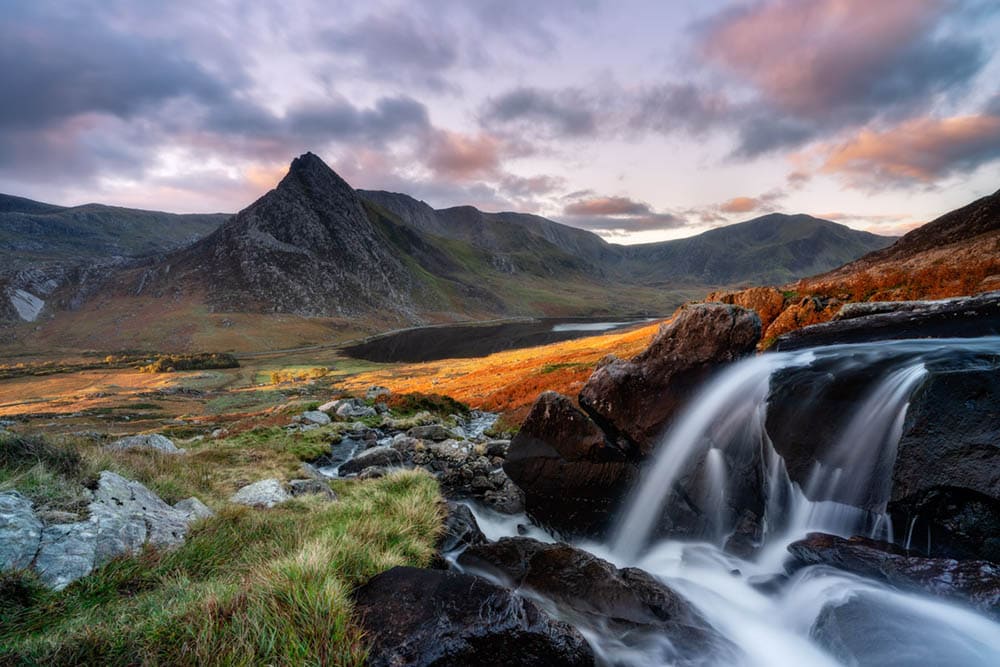
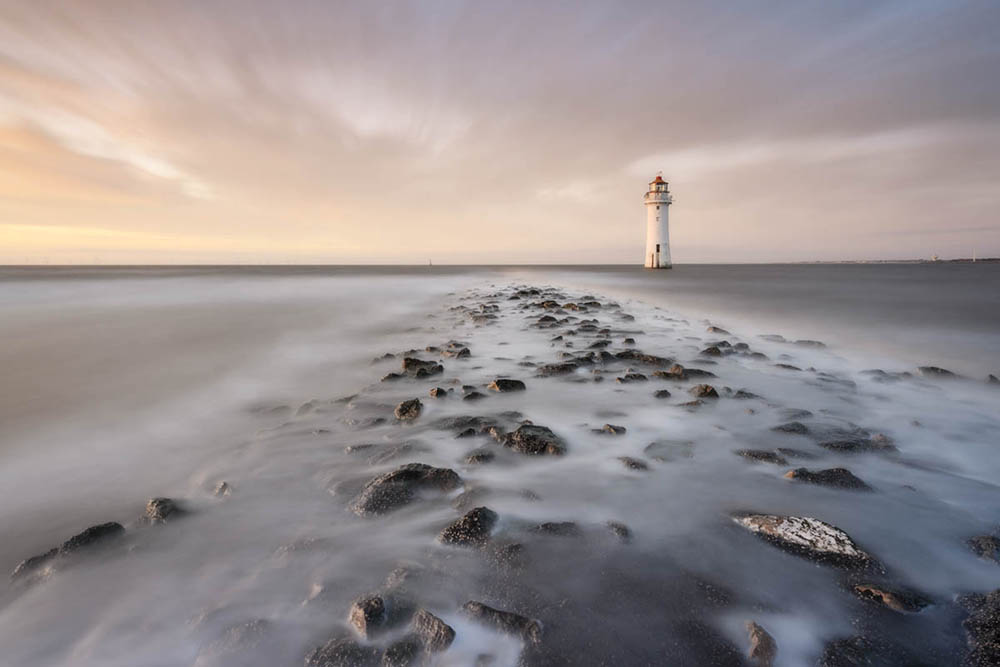
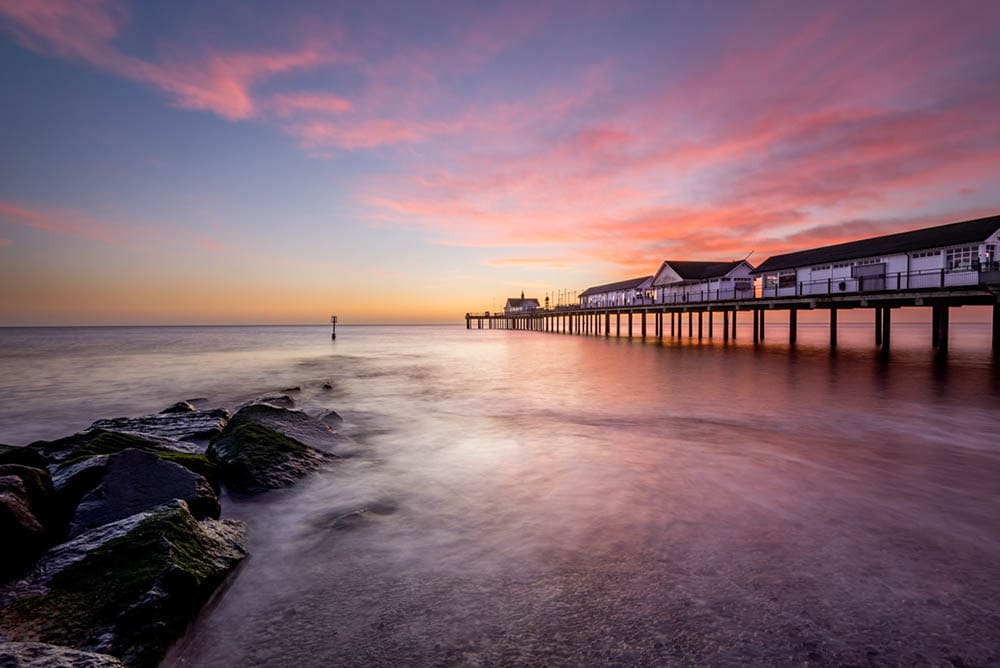
Comments are closed.